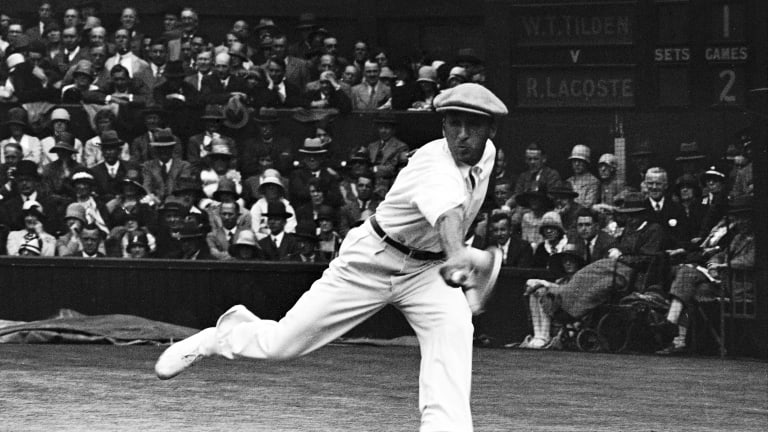TBT, 1881: The birth of USLTA, when the game was called lawn tennis
By May 21, 2020Style Points
Zheng Qinwen shows off "a rhythm of her own" in December Vogue China spread
By Dec 15, 2025Next Gen ATP Finals
Learner Tien tops Next Gen ATP Finals draw hoping to finish job in Jeddah
By Dec 14, 2025Opinion
Does tennis need a Rules Committee?
By Dec 14, 2025ATP Challenger Tour
Sinner, Alcaraz, Fonseca all won the Next Gen ATP Finals at 18. Will Justin Engel join them?
By Dec 13, 20252025 Year In Review
WTA Match of the Year Honorable Mentions: Comebacks, marathons, anti-epics, and Sabalenka on the winning side
By Dec 13, 2025The Business of Tennis
Garbiñe Muguruza returns to Madrid as co-tournament director
By Dec 13, 2025Social
Alexandra Eala carries flag for Philippines at 2025 SEA Games
By Dec 12, 20252025 Year In Review
Victoria Mboko and Janice Tjen among players honored by ITF for 2025 breakthroughs
By Dec 12, 20252025 Year In Review
WTA Match of the Year, No. 1: Amanda Anisimova comes of age in Aryna Sabalenka Wimbledon stunner
By Dec 12, 2025TBT, 1881: The birth of USLTA, when the game was called lawn tennis
The 1974 US Open marked the last time America’s most prominent tournament would be played on grass. Fittingly, the next year the “L” was dropped from the title of the organization, creating the contemporary, business-focused USTA as we now know it.
Published May 21, 2020
Advertising

TBT, 1881: The birth of USLTA, when the game was called lawn tennis
© AP
Advertising

TBT, 1881: The birth of USLTA, when the game was called lawn tennis